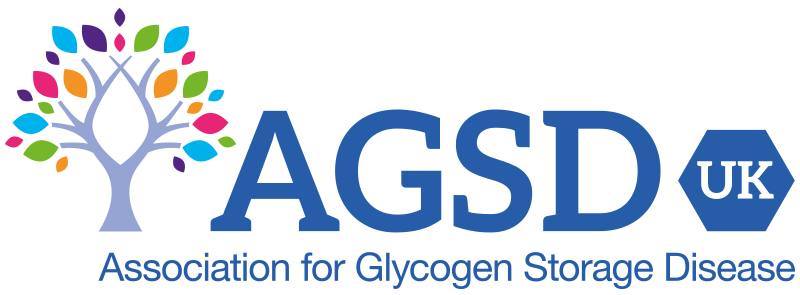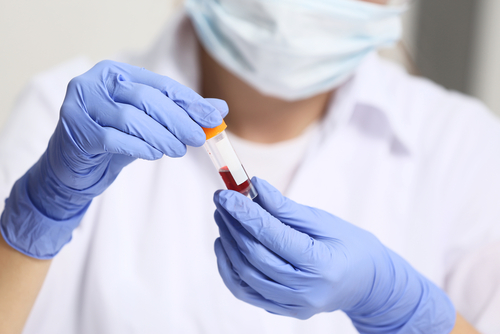In infantile-onset Pompe disease there is a complete lack of GAA enzyme, or such a small amount that it is undetectable. Symptoms appear in the first few weeks or months of life.
Importance of an early diagnosis
Time is very critical for everyone getting diagnosed but much more so for infants.
They are likely to appear quite poorly within weeks of birth and certainly the first three months.
Due to the rarity of the condition medical teams are not likely to consider Pompe disease early on when trying to help a child that is unwell with these symptoms.
Campaigning for new born screening
AGSD-UK believes that new born screening for all GSDs, but particularly for infantile onset Pompe disease, would benefit quality of life for those affected, and would reduce workload and cost for the health service. Read about our campaign to work towards this objective.
Symptoms may be obscure and confusing
Main symptoms can be rather non-specific and could be linked to other conditions. They can also vary widely between babies with Infantile-onset pompe disease. Sometimes the first thing that is noticed is that a baby has a chest infection that will not clear, or repeated chest infections. Babies might have feeding and swallowing problems. They also have weak muscle tone and seem floppy and cannot hold their head well. Heart problems are also often a first sign, with the heart becoming enlarged due to glycogen build up in the muscle wall.
Another symptom parents might notice early on is caused by poor tone in the face muscles. Babies might have wide open eyes, a large tongue and an open mouth.
How a diagnosis is made
Children going through the process of diagnosis are likely to be in hospital whilst confirmation is sought. Parents experience a very difficult and worrying time as their child is moved from a local hospital to a major hospital and finally to one of the three specialist paediatric medical centres.
A blood sample is taken to check for levels of the acid alpha-glucosidase (GAA) enzyme. Results come back within days and a diagnosis can be made. At this point medical staff will work quickly to assess whether treatment can safely start.
In the past a muscle sample was sometimes used to enable diagnosis, but this is no longer needed.
Screening for heart issues
Babies are screened for heart problems using an echocardiograph often called a Cardiac Echo. This measures the size and shape of the heart and how it is working. They will also have an Electrocardiogram which records and displays the heartbeat. These tests are both safe and pain-free.

Genetic confirmation and counselling
After initial diagnosis all babies will also undergo genetic testing which can take three months. This provides much more detailed information for families and at this stage they might think about joining a patient registry.
So far there are around 500 different gene mutations linked with Pompe disease.
After the diagnosis and when you are ready, your family will be offered genetic counselling. If there is a known risk of Pompe disease in a family, usually because they already have one child with the condition, then checks can be offered during any later pregnancies through pre-natal testing. A counsellor can give you support and time to discuss your options if you want to have more children.


